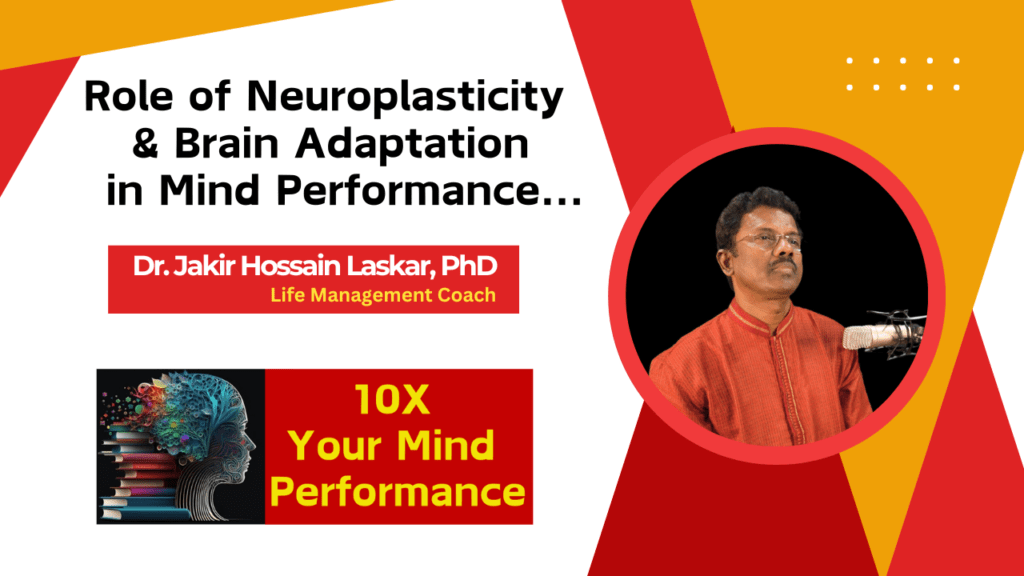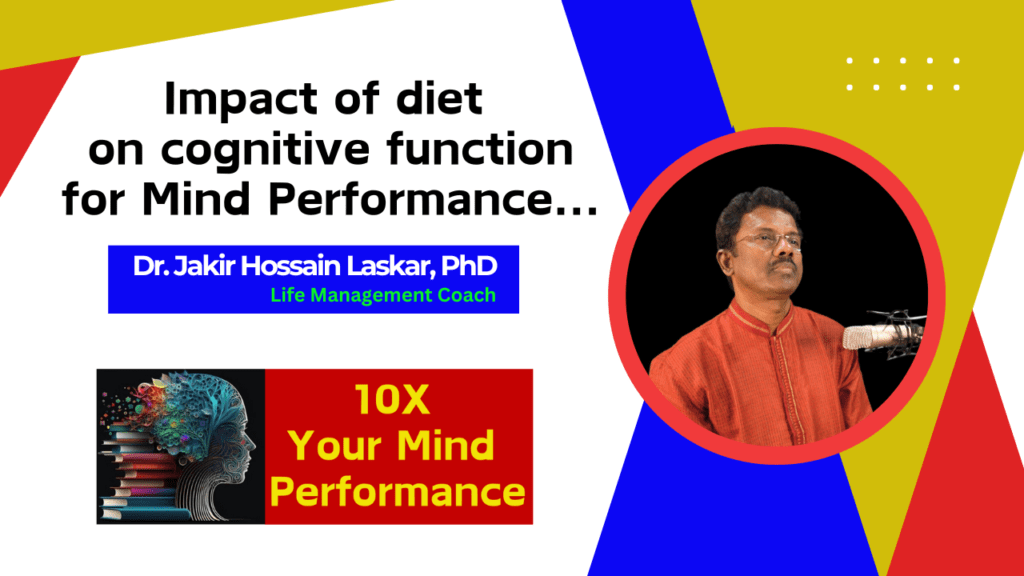Dr. Jakir Hossain Laskar, PhD
NLP is seen to boost both positive neurodynamics (the ability of the client’s brain to develop and sustain positive neural maps) and the overall mind performance through Structural Emotional Imaging techniques, which are able to change the modes of thinking, emotions and behavior. This is the contribution of NLP towards these goals:
- Rewiring Thought Patterns in Order to Foster Neurodynamics
Concept: The brain functions through neural maps that are formed through thinking and doing things repeatedly. Repeated negative actions will strengthen negative and other useless patterns of thinking, and positive actions will work on the formation of positive neural maps.
NLP Technique: Reframing, explains in its broadest definition, is the process of changing the meaning of a particular event so as to change people’s emotions and/or thoughts about it.
Example: Instead of thinking to oneself that “I am not good enough” after a failure one may think that “This is an opportunity for learning to enhance performance”, in this case this will start creating pathways that promote such thinking in the future.
- Anchoring Positive States
Concept: Anchoring on certain words or gestures or body sensations is a way through which positive experiences can be easily recalled with the help of certain stimuli.
NLP Technique: Anchoring is an appropriate response such as when one remembers and associate with a clenched fist a positive emotion when feeling confident.
Benefit: The reconsolidation of these “anchors” would boost the neural highways of certain positive states which may enhance the performance of an individual in challenging situations such as an interview, tests or public speaking.
- Disbursing Self-Sabotaging Attitudes
Concept: Every individual has certain self-sabotaging attitudes for example “I am not intelligent,” these beliefs get lodged into annoying neural patterns which hinders ones true potential.
NLP Technique: They can tackle or work on these limiting beliefs using various emotive reframing tactics and substitute it with other elevating beliefs.
Example: The very idea of saying, “I can’t handle pressure,” can be modified to, “I thrive while being under pressure;” builds a new nerve pattern conducive to resilience.
- Achieving a State of Focused Calm
Concept: Most distracting factors serve as obstacles to distinct neuro dynamics, hence once eradicated the head becomes far more clearer.
NLP Technique: The swish patterns assists in imagining positive and goal-oriented images instead and change the unhelpful ones.
Example: Having the mental idea of not completing a task should be replaced by successfully building neural connections towards its completion and in turn not procrastinating.
- Mastery over Self Control
Concept: Practicing emotion regulation can be critical for one’s brain to function at its fullest squeezing out every bit it can and can also help in managing stress.
NLP Technique: Quite the opposite of what you would normally do, dissociation allows individuals to grotesquely study those memories instead of being emotionally attached to them.
Example: As a passive narrator to an unsettling fight one may have had in the past can take away the fierce emotions safely allowing that person to think rationally and find solutions peacefully.
- Setting the Bar with Realistic Objectives
Concept: Having a clear thought process of what your goals are, moves the brain in the direction of success by creating strong neural connections and encourages one to keep reaching their targets.
NLP Technique: The perfectly set out dimensions accomplishments or tasks can take measurable proportions, therefore having SMART goals is vital.
Example: “I will improve my professional performance”, NLP assists setting a goal such as, “I will boost my performance efficiency to 20% in three months by handling the time well.”
- Increasing the Speed of Learning as Well as the Scope of Its Retention
Concept: Positive neurodynamics helps to improve issues like memory, and learning in general.
NLP Technique: Modality matching assists to customize the learning style to the learners’ preferred sensory channel, visual, auditory or kinesthetic.
Example: A person who memorizes concepts visually, may, for instance, prepare mind maps to help them remember such maps, so as to be able to remember better through creating more brain connections.
- Managing Fear and Phobias
Concept: Negative neurodynamics are often a result of automatic patterns of neurodynamic activity caused by fear.
NLP Technique: Neural reprogramming via visualization of experienced phobia aims at bringing down the level of fear and anxieties.
Example: For instance, imagining a fear task (e.g. public speaking) with the imagery of success, rather than worry, allows the brain to learn how to respond with relaxation and confidence instead of fear.
- Creative Work and Problem Solving Ability
Concept: Creativity is based on the ability of the neural systems to be open and to respond in a flexible and versatile manner.
NLP Technique: Viewer’s position enhances the viewpoints with different angles by allowing the viewer to be self and others and an outsider.
Example: When there is a workplace issue that needs to be addressed, it is easier to do so when the perspective of other workers is taken into account, as this leads to more creative answers.
- Enhancing Resistance to Stress – It Can Be Managed
Concept: Resistance can be based on the capability of the brain to change and take different forces at a time.
NLP Technique: Future pacing is an NLP method of cognitive approach which involves rehearsing the events mentally in one’s mind to expect the rendition of an event in a positive manner.
Example: Thinking of yourself as having a controversial conversation in a competent manner helps concrete stress resilient neural networks.
How does NLP boost performance of the mind
Faster Brain functioning: NLP fosters adaptive responses to automatic tendencies and changes the thought process and strategy used.
Better Choices: NLP utilizes sukhan and many techniques which help collate pieces of information to come up with quicker and better decisions.
Enhanced Self Activation: NLP utilizes kairos and many techniques which pertain to embody modelling which help in creating lasting habits for self activation.
Stronger Communication Skills: Since NLP is all about creating rapport between people and seeing other people’s points of view, it improves social skills and teamwork.
Improved Self Esteem: NLP utilizes embedding anchors and altering beliefs that encourage self confidence in a multitude of scenarios.
Conclusion
In the changing view of thought, in the gamut of NLP, a person learns to purposefully change his neuro- dynamics by changing his emotions and motor emotions actions. This sort of rewiring changes the face of the brain enhancing its potentials, improving emotional health and creating all possibilities.


